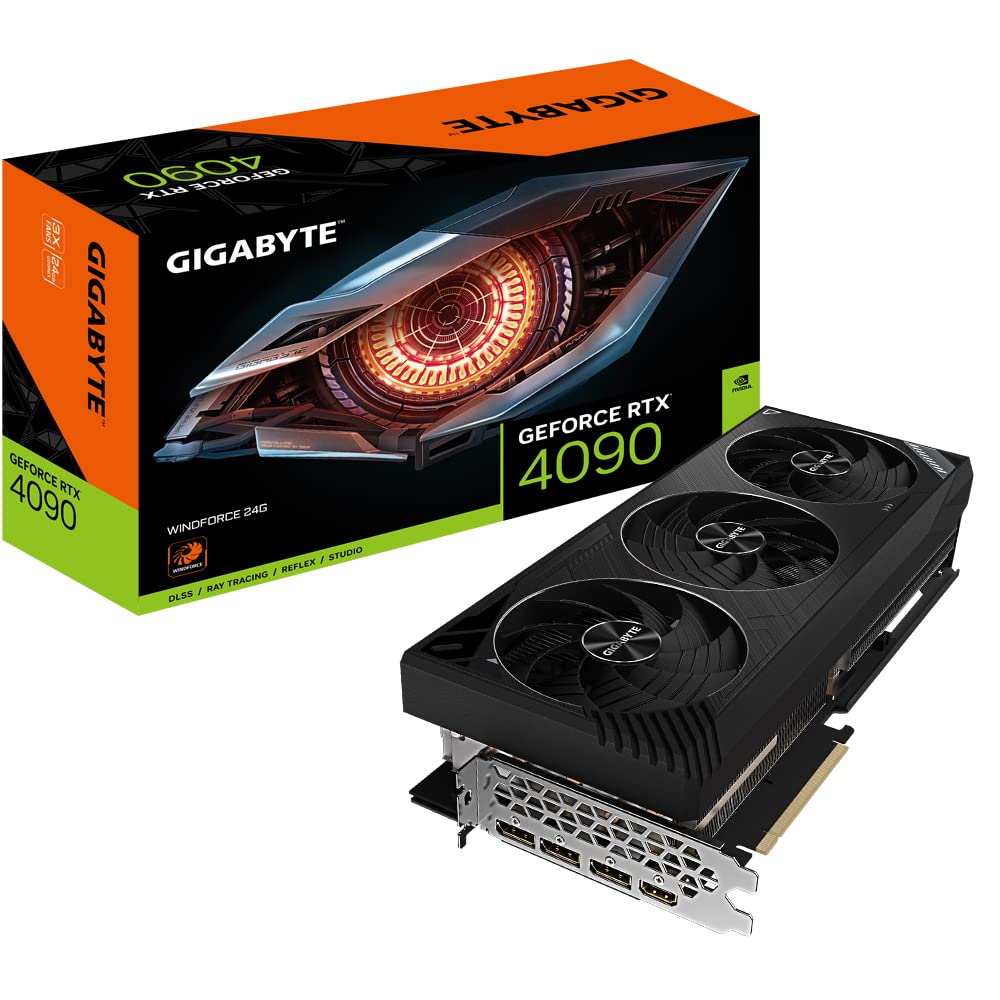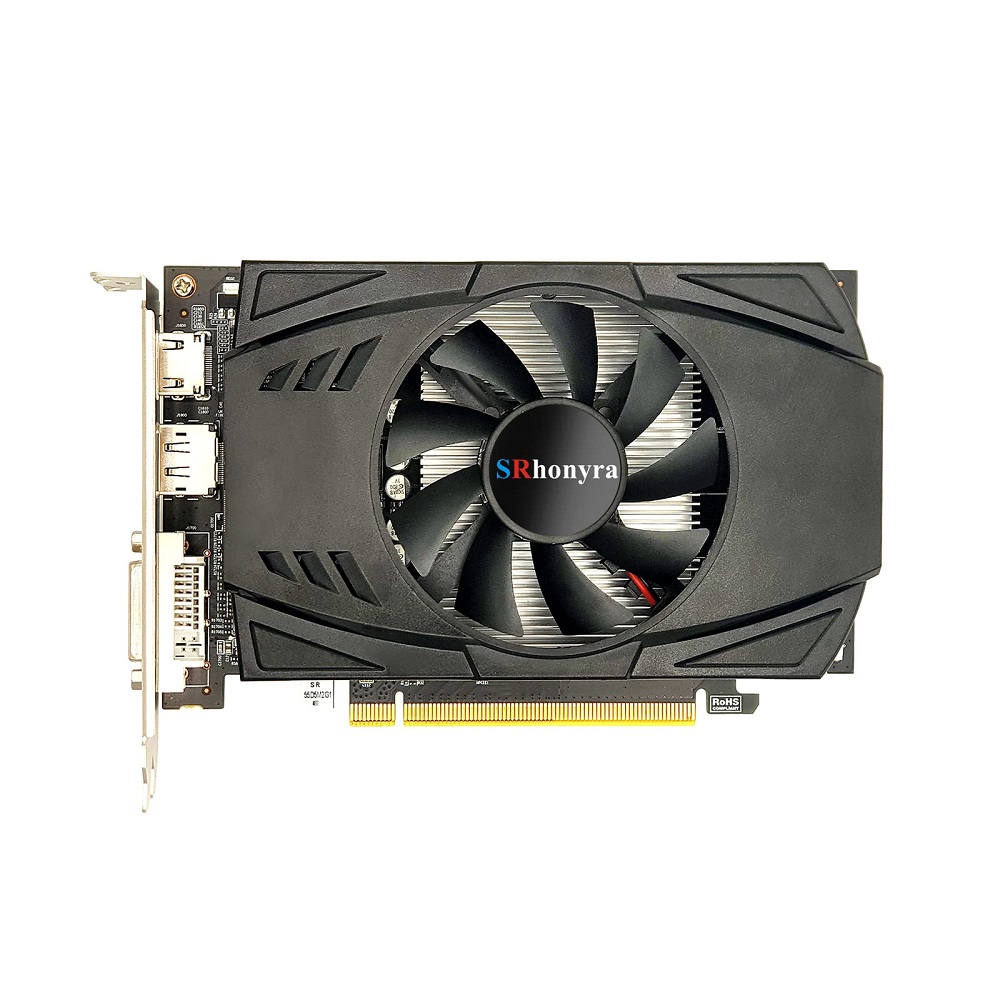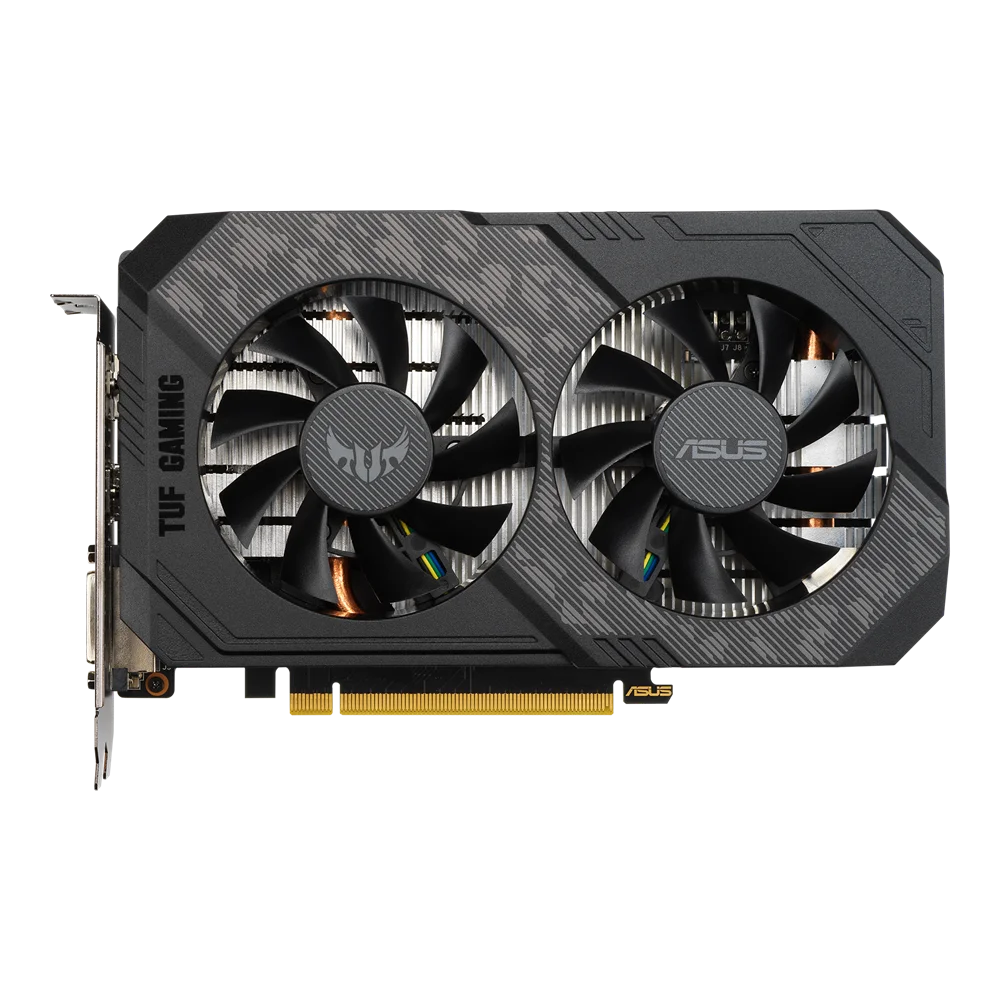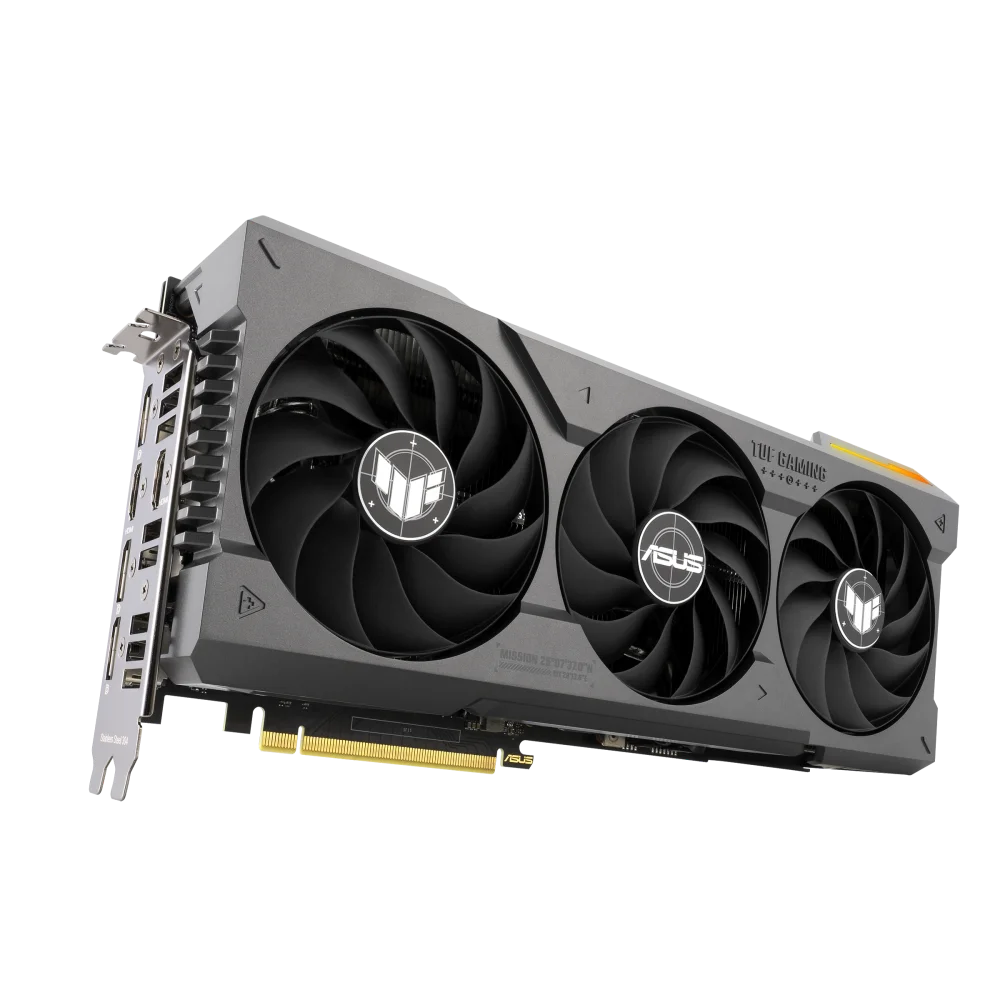In the world of gaming, performance often determines the overall experience. Gamers are continually seeking ways to enhance their systems for better graphics, smoother gameplay, and faster loading times. How to overclock graphics card? One way to achieve this is through overclock the graphics card (GPU). This process can unlock additional performance and provide an edge in competitive gaming. This article explores the basics of GPU overclocking, its benefits, essential tools, and precautions to ensure a safe and effective process.
Understanding Overclocking: What It Is and Why It Matters
What Is Overclocking?
Overclocking is the practice of increasing the clock rate of a computer component, such as a graphics card, beyond its rated specifications. This method aims to boost the performance of the GPU, allowing it to handle more demanding tasks, run games at higher frame rates, and improve overall responsiveness. In essence, overclocking can make your gaming experience more enjoyable and immersive.
How to overclock graphics card? When a graphics card is manufactured, it has inherent performance limits set by the manufacturer. These limits are typically conservative to ensure stability and longevity. Overclocking takes advantage of the fact that many cards can be pushed further without significant risks, resulting in improved performance.
The Importance of Overclocking in Gaming
In competitive environments, every frame per second (FPS) matters. Higher FPS leads to smoother gameplay and can provide a competitive advantage, especially in fast-paced games. Overclocking allows the GPU to deliver higher frame rates, improving your competitive edge in online multiplayer games.
Moreover, modern games often demand significant hardware resources to run smoothly. As gaming graphics evolve, older hardware may struggle to keep up. Overclocking can breathe new life into aging components, allowing gamers to experience newer titles without needing to invest in new hardware immediately. This cost-effective solution appeals to many gamers looking to enhance their setup without major investments.

Assessing Your Hardware Before Overclocking
Compatibility Check
Before diving into the world of overclocking, it’s important to assess your hardware and ensure compatibility. Check the specifications of your graphics card to determine whether it’s suitable for overclocking. Many mid-range and high-end GPUs are designed for this purpose and can handle increased clock speeds without issues.
Popular brands like NVIDIA and AMD offer GPUs that support overclocking. Each manufacturer usually provides specific software tools to facilitate tracking and adjusting performance settings. It’s wise to familiarize yourself with these tools and verify that your GPU model supports overclocking.
Cooling Solutions
Overclocking generates additional heat. Therefore, the cooling system in your PC is crucial for sustaining performance increases. Ensure your graphics card has adequate cooling, whether through built-in fans, aftermarket cooling solutions, or improved airflow within your case.
Monitor the temperatures of your GPU before and after the overclock. Most modern GPUs come with thermal monitoring software that displays real-time temperatures. Ideally, the GPU temperature should remain below 85 degrees Celsius under load. If it approaches or exceeds this limit, you may need to enhance your cooling solution before overclocking.
Gathering the Right Tools for Overclocking
Software Utilization
To successfully overclock your graphics card, you will need specialized software. Some of the most commonly used programs include MSI Afterburner, EVGA Precision X1, and AMD Radeon Software. These tools allow users to adjust clock speeds, voltages, and fan profiles easily.
MSI Afterburner is particularly popular due to its user-friendly interface and comprehensive monitoring options. It not only lets you overclock your GPU but also displays real-time performance metrics, helping you track temperature and utilization.
Benchmarking Software
Benchmarking software is essential to assess performance gains after overclocking. Tools like 3DMark, Heaven Benchmark, or Unigine Superposition can help measure your graphics card’s performance before and after adjustments. These benchmarks provide valuable insights into stability and performance gains.
Running these benchmarks before overclocking will establish a baseline performance level. After making adjustments, rerun the benchmarks to compare results. This process will help determine whether the overclock was successful and effective.

Step-by-Step Guide to Overclocking Your GPU
Setting a Baseline
Start the overclocking process by opening your monitoring software. Keep an eye on the GPU temperature and baseline clock speeds. This information will be crucial during adjustments. Run a benchmark test to establish how your GPU performs before any changes are made.
Once you have that baseline, you can identify the original clock speed and temperature. This data will serve as a reference point as you go through the overclocking process. Keeping track of these figures will help you determine the effectiveness of your adjustments.
Increasing the Clock Speed
Open your overclocking software and begin by slowly increasing the core clock speed by small increments, typically around 10-20 MHz at a time. After each adjustment, apply the changes and run a benchmark test. This step will help ensure that your system remains stable and that temperatures remain within acceptable limits.
Pay close attention to any signs of instability, such as random crashes, artifacting, or graphical glitches during the benchmark. If you experience any issues, revert to the last stable clock speed. This methodical approach is critical for efficient overclocking.
Adjusting Voltage and Memory Clock
After you find a stable core clock, consider adjusting the memory clock. This clock speed affects the GPU’s data handling capacity. Similar to core clock adjustments, increase the memory clock in small increments, applying changes and testing stability after each.
If you want to push the performance further, you can also experiment with increasing the GPU voltage. However, increasing voltage can lead to greater heat output and potential long-term damage if not monitored. It’s crucial to strike a balance between increased performance and the associated risks.
Testing for Stability and Performance
Stability Testing
After achieving your desired overclock speeds, the next step is to ensure the system remains stable. Use stress-testing software like FurMark or MSI Kombustor to push the GPU to its limits. Run these tests for an extended period (15-30 minutes) and monitor GPU temperatures.
If the GPU remains stable and temperatures are within an acceptable range, you’ve likely achieved a successful overclock. If issues arise during these tests, you may need to revisit the clock speeds or cooling solutions.
Performance Gains
Once your GPU is deemed stable, run the benchmarking software again to assess any performance gains. Compare the results to your baseline measurements. Look for improvements in frame rates, rendering speeds, and overall responsiveness in the software.
Documenting your results can provide valuable insights for future reference. This step is particularly important if you consider further overclocking or experimenting with different settings. The goal is to maximize performance while ensuring stability for an enjoyable gaming experience.
Maintaining Your Overclocked GPU
Regular Monitoring
Overclocking is not a one-time process. It requires regular monitoring to ensure the GPU continues to function optimally. Keep track of temperatures and performance metrics during gaming sessions. If you notice a rise in temperatures or performance issues, consider reverting to previous settings or adjusting your overclocking values.
Many monitoring software options offer alerts and visual indicators for temperature thresholds. Utilize these features for ongoing maintenance.
Periodic Benchmarks
As games and applications evolve, so too do their system requirements. Regularly re-run benchmarks after significant updates or new game releases. This practice will help you maintain optimal performance and identify any potential issues. Additionally, periodic monitoring of system performance can highlight the need for further adjustments to your overclocking settings.
Over time, you may wish to reassess your cooling solutions as hardware ages, or even consider upgrading components for increased performance. Keeping your GPU in optimal condition ensures a fantastic gaming experience.

Embrace the Power of Overclocking
In conclusion, how to overclock graphics card can significantly enhance your gaming experience. By understanding the basics, assessing your hardware, and employing the right tools, you can unlock additional performance for smoother gameplay and improved graphics.
While overclocking comes with certain risks, careful monitoring, benchmarking, and a methodical approach can help you achieve the desired results without compromising hardware integrity. The key is to experiment responsibly, always keeping an eye on temperatures and stability.
As gaming technology continues to evolve, honing your skills in overclocking can provide a significant advantage. Embrace the power of overclocking, and elevate your gaming experience to new heights! By following these guidelines, you can enjoy more immersive gameplay and stay ahead in the competitive gaming landscape.
